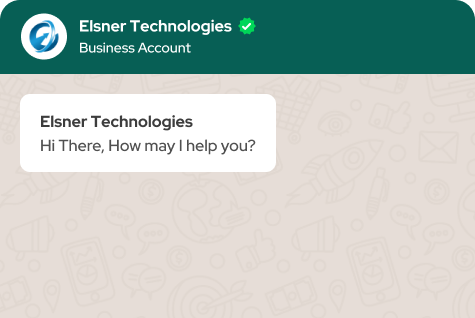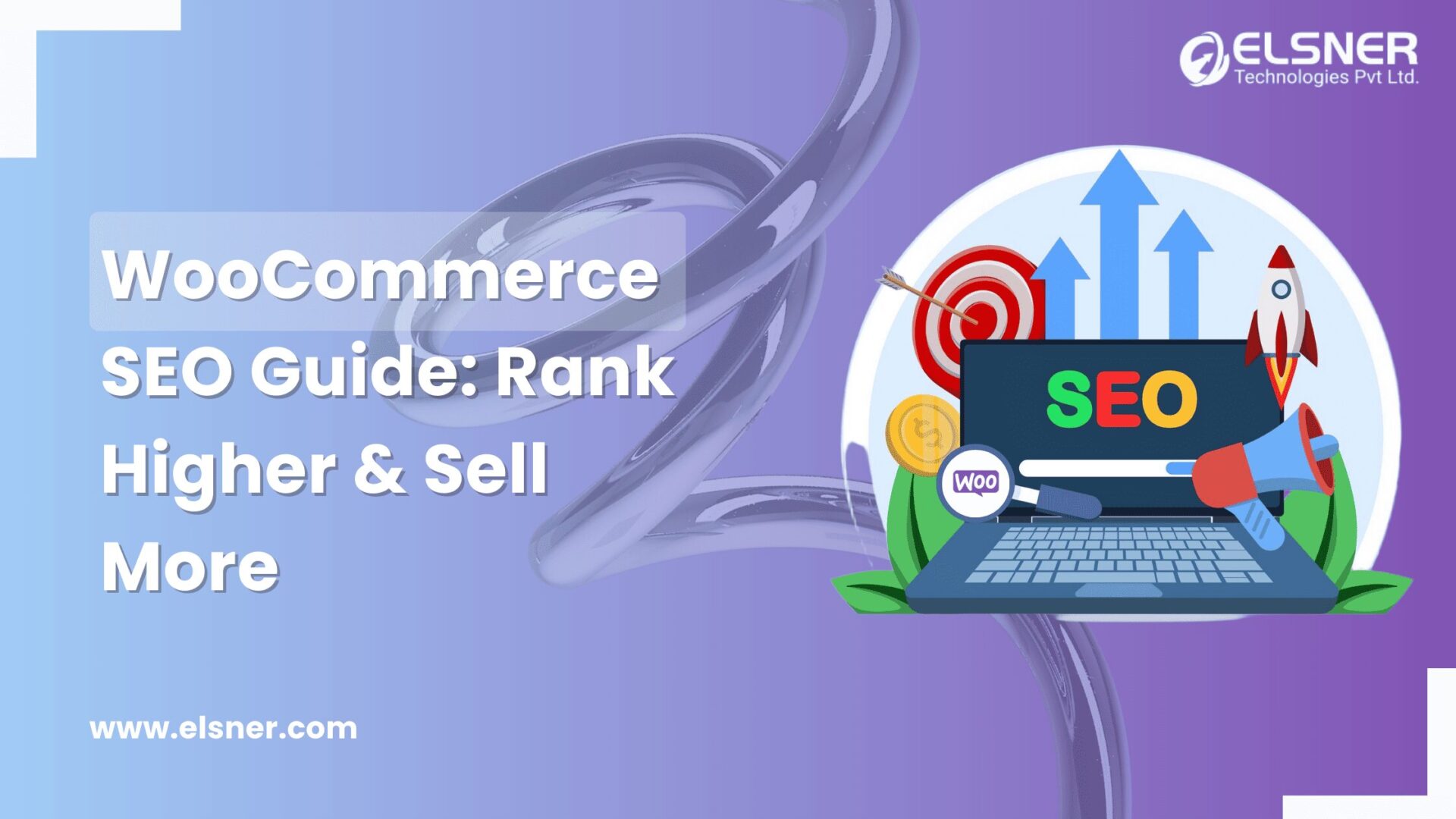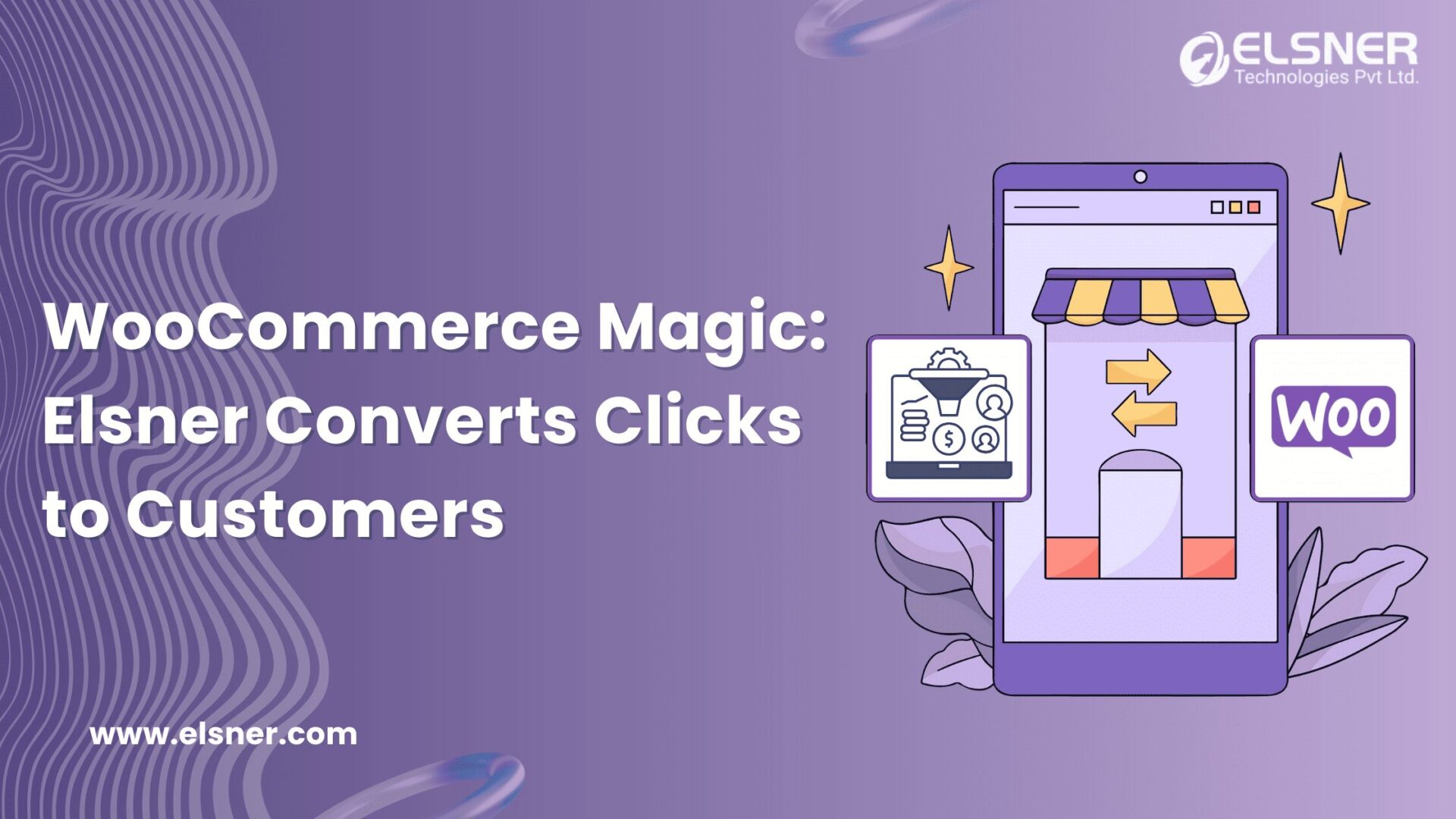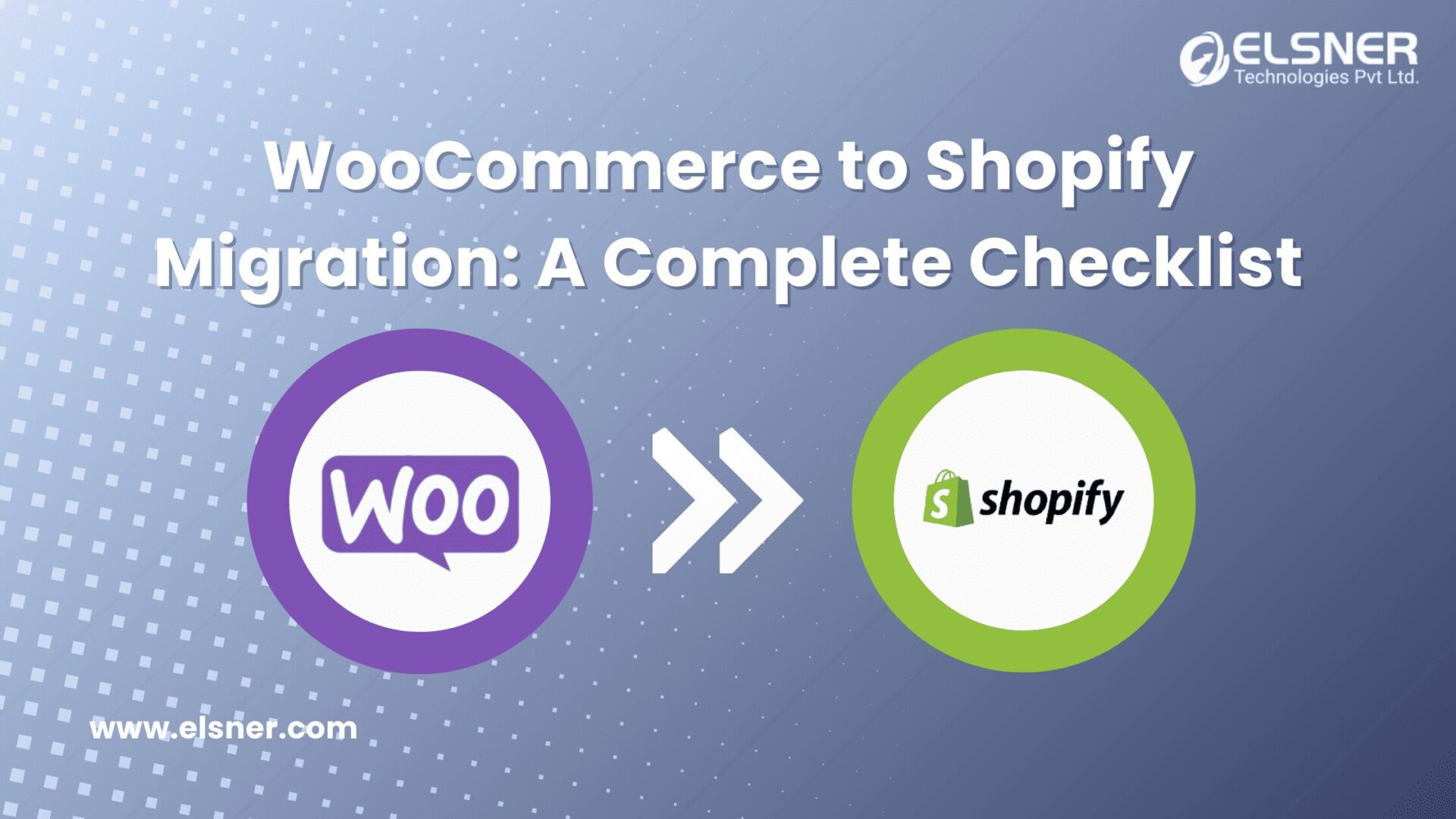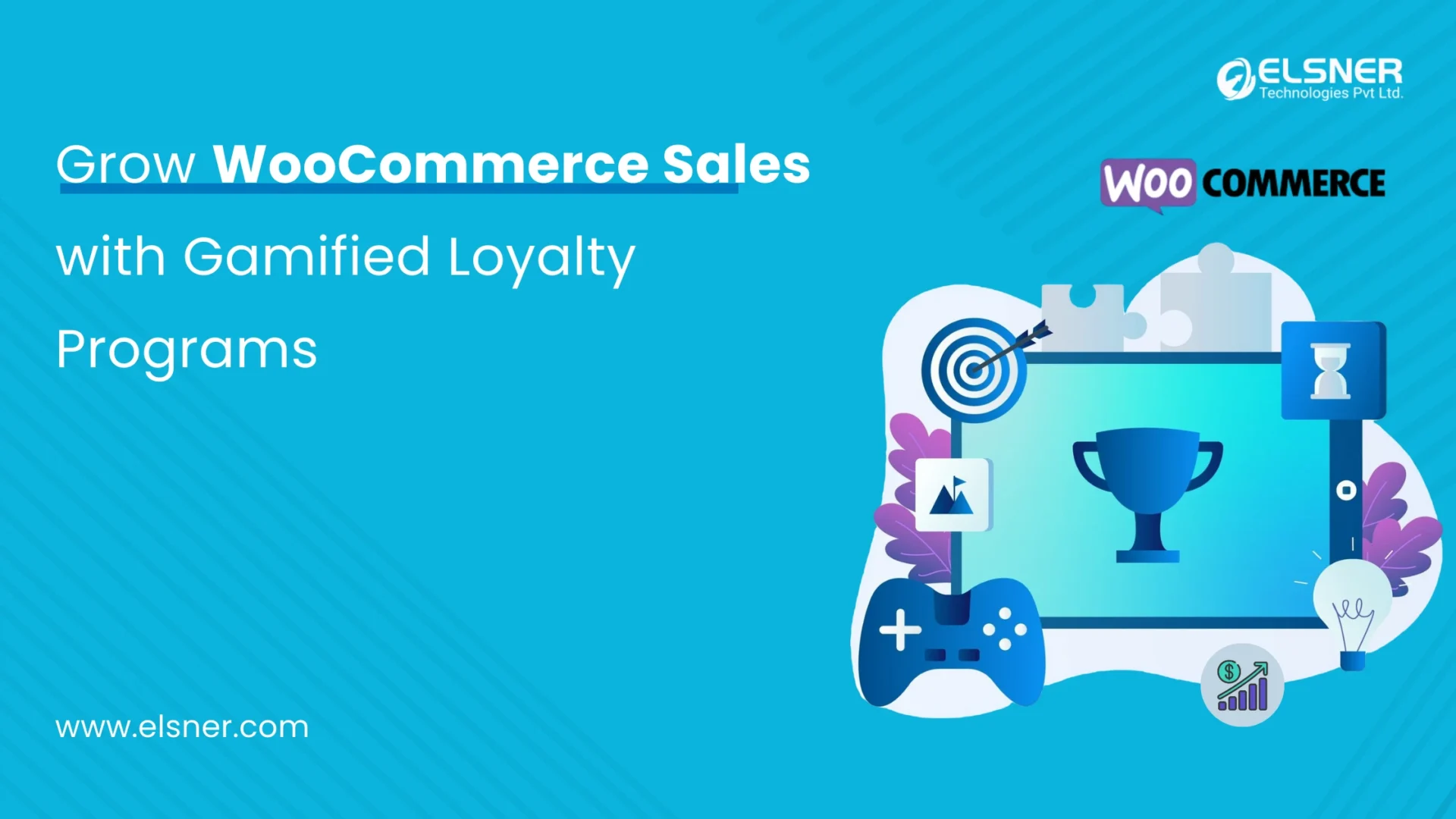- 1. Understanding WooCommerce SEO
- What is WooCommerce SEO?
- Why is WooCommerce SEO Optimization Important?
- Key Ranking Factors
- Technical SEO for WooCommerce – The Ultimate Fix-It Guide
- 1. Setting Up SEO-Friendly URLs – Ditch the Gibberish
- 2. Site Speed Optimization – Because Slow Stores Lose Sales
- 3. Mobile Optimization – Because Google Loves Mobile-First Stores
- 4. Structured Data & Schema Markup – Get Noticed with Rich Snippets
- Solve Your WooCommerce Challenges Today
- On-Page SEO Strategies – Making Your WooCommerce Store Irresistible
- 1. Keyword Research for WooCommerce – Speak Your Customer’s Language
- 2. WooCommerce Product Page SEO – Optimize Like a Pro
- 3. Category Page SEO Optimization – Organize for Better Searchability
- 4. Writing SEO-Optimized Meta Titles & Descriptions – Click-Worthy & Keyword-Rich
- Content Marketing & Blogging for WooCommerce – More Traffic, More Sales
- Why Blogging Matters for WooCommerce SEO Optimization?
- What to Blog About – Winning Content Ideas
- Making Blogging Work for WooCommerce SEO
- Need Professional SEO Help?
- Link Building Strategies for WooCommerce SEO Optimization
- 1. Guest Blogging – Borrow Authority, Build Credibility
- 2. Influencer Collaborations – Get More Eyes on Your Store
- 3. Broken Link Building – Turn Errors into Opportunities
- Making Link Building Work for Your WooCommerce Store
- Mastering Local SEO for Your WooCommerce Store
- 1. Claim & Optimize Google Business Profile
- 2. Use Location-Based Keywords
- 3. Get Customer Reviews
- WooCommerce SEO Plugins & Tools – Supercharge Your Store
- Best SEO Plugins for WooCommerce
- Tracking & Measuring WooCommerce SEO Performance
- Key SEO Metrics & Tools
- WooCommerce SEO Flowchart
- Wrapping Up
- FAQs – Your Ultimate WooCommerce SEO Guide
- 1. How often should I update my WooCommerce SEO strategy?
- 2. Are WooCommerce SEO plugins enough for optimization?
- 3. Should I hire a WooCommerce SEO company?
- 4. How long does it take to see WooCommerce SEO results?
- 5. Why is my WooCommerce store not ranking despite using keywords?
- 6. Can WooCommerce development services improve SEO?
Your WooCommerce store is amazing, but if customers cannot find it on Google, it might as well be a secret club with no entrance sign. More than 53% of website traffic comes from organic search. If you ignore SEO, you are saying no to free traffic and easy sales.
This WooCommerce SEO guide will help you climb Google’s ranks, boost organic traffic, and increase conversions. You will get WooCommerce SEO tips, expert-backed strategies, and a WooCommerce SEO checklist to follow. For even better results, leveraging WooCommerce Development Services can help optimize your store’s performance and SEO for long-term success.
Let’s get your store the spotlight it deserves!
1. Understanding WooCommerce SEO
What is WooCommerce SEO?
SEO for WooCommerce stores is the process of optimizing your site to appear on Google. It involves WooCommerce product page SEO, technical SEO, and content marketing. To learn more about it, all that you need is to get in touch with a reputed agency offering WooCommerce SEO services.
Why is WooCommerce SEO Optimization Important?
- 53% of traffic comes from organic search.
- The first page of Google captures 71-92% of clicks.
- Stores with proper WooCommerce SEO best practices make 13.2x more revenue than those without.
Key Ranking Factors
|
Factor |
Why It Matters |
|
Page Speed |
40% of users leave if a site takes over 3 seconds |
|
Mobile Optimization |
60% of searches happen on mobile |
|
Structured Data |
Enhances rich snippets and click-through rate |
|
Backlinks |
Boosts credibility and rankings |
Technical SEO for WooCommerce – The Ultimate Fix-It Guide
Your WooCommerce SEO guide is incomplete without technical SEO. Google loves a well-optimized site, and so do your customers. Whether you’re improving site structure or navigating SEO migration, addressing hidden issues is crucial to ensuring your store ranks higher and performs at its best.
1. Setting Up SEO-Friendly URLs – Ditch the Gibberish
Google likes clean URLs. Customers like them too. If your links look like a secret code, they need fixing.
- Good: yourstore.com/organic-coffee-beans (Readable, keyword-rich, SEO-friendly)
- Bad: yourstore.com/product?id=123 (Confusing, ugly, bad for SEO)
How to fix it?
Navigate to WordPress Dashboard → Settings → Permalinks → Post Name. This simple step improves SEO for WooCommerce stores instantly.
2. Site Speed Optimization – Because Slow Stores Lose Sales
A slow WooCommerce store is like a long checkout line—people leave. A 1-second delay can drop conversions by 7%. Let’s speed things up.
Quick fixes for faster loading:
- Compress images using TinyPNG or ShortPixel. Faster images = better WooCommerce SEO optimization.
- Use a caching plugin like WP Rocket. This stores frequently used data, reducing load time.
- Enable a CDN (Cloudflare or BunnyCDN). This ensures your store loads quickly worldwide.
If speed issues persist, consider hiring a WooCommerce SEO company. They offer professional SEO services to fine-tune performance.
3. Mobile Optimization – Because Google Loves Mobile-First Stores
Google ranks mobile-friendly sites higher. If your site doesn’t work on mobile, say goodbye to top rankings.
Make your WooCommerce store mobile-ready:
- Choose a responsive WooCommerce theme. A flexible theme adapts to all devices.
- Use lazy loading for images. This loads images only when needed, improving speed.
- Test with Google’s Mobile-Friendly Test. Get real-time insights on what needs fixing.
A mobile-friendly store follows WooCommerce SEO best practices and keeps customers happy. Implementing SEO for Headless CMS can further enhance performance, ensuring seamless user experiences and better search rankings.
4. Structured Data & Schema Markup – Get Noticed with Rich Snippets
Ever wonder why some product listings look fancier on Google? That’s schema markup in action. It tells search engines what your product is about, improving visibility.
Example Schema Markup for a Product:
json
CopyEdit
{
“@context”: “https://schema.org/”,
“@type”: “Product”,
“name”: “Organic Coffee Beans”,
“image”: “https://yourstore.com/images/organic-coffee.jpg”,
“offers”: {
“@type”: “Offer”,
“price”: “19.99”,
“priceCurrency”: “USD”
}
}
How to add schema?
Use Yoast SEO or Rank Math. These plugins make structured data easy. If you need advanced setup, a WooCommerce SEO company can help. They offer WooCommerce SEO services to improve search visibility.
Follow these WooCommerce SEO tips, and your store will rank higher. If things get complicated, a WooCommerce SEO agency or a professional SEO company can handle the technical stuff.
Solve Your WooCommerce Challenges Today
From setup to optimization, our WooCommerce development services provide the solutions you need for a successful online store.
On-Page SEO Strategies – Making Your WooCommerce Store Irresistible
Your WooCommerce SEO guide isn’t complete without solid on-page strategies. Customers won’t find your products if search engines don’t understand them. Let’s fix that.
1. Keyword Research for WooCommerce – Speak Your Customer’s Language
Throwing random keywords into your product pages won’t work. You need research-backed keywords that customers actually search for.
Where to start?
Use Google Keyword Planner, Ahrefs, or SEMrush to find high-traffic keywords. Focus on:
- Product keywords – These describe what you sell. Example: “organic coffee beans.”
- Long-tail keywords – These mimic how people search. Example: “best organic coffee beans for espresso.”
The right keywords power your WooCommerce product page SEO. They also help search engines match your products with the right buyers.
2. WooCommerce Product Page SEO – Optimize Like a Pro
Your product pages should do more than look good. They need to rank high and convert visitors into customers.
Here’s how to optimize product pages for better rankings:
- Use SEO-friendly product titles. Make them clear, keyword-rich, and click-worthy.
- Write engaging product descriptions. No one wants to read boring text. Sell the experience, not just the product.
- Add alt text for images. Search engines can’t “see” images. Alt text helps them understand what the image is about.
- Use internal linking. Guide visitors to related products or categories to boost engagement.
These WooCommerce SEO tips will improve rankings and keep shoppers on your site longer.
3. Category Page SEO Optimization – Organize for Better Searchability
A messy store confuses customers and search engines. Identifying and fixing SEO mistakes to improve ranking can enhance your site’s structure, while a well-structured category page improves user experience and boosts search rankings.
Here’s how to optimize your category pages:
- Use breadcrumb navigation. This helps visitors and search engines understand your site structure.
- Structure categories with SEO-friendly names. Instead of “Category 1,” use “Organic Coffee Beans” to improve SEO for WooCommerce stores.
Your category pages should follow WooCommerce SEO best practices to boost visibility and sales.
4. Writing SEO-Optimized Meta Titles & Descriptions – Click-Worthy & Keyword-Rich
Your meta title and description are the first things people see in search results. Make them count.
Best Practices:
|
Element |
Best Practice |
|
Meta Title |
Keep it under 60 characters |
|
Meta Description |
Stick to 150-160 characters |
|
Include Keywords |
Absolutely! |
Example:
- Title: Buy Organic Coffee Beans – Fresh & 100% Natural
- Description: Order the best organic coffee beans online. Ethically sourced, rich flavor, free shipping available!
A well-optimized title and description are key parts of any WooCommerce SEO checklist. If writing them feels overwhelming, a WooCommerce SEO company or professional SEO services can handle it for you.
Follow these WooCommerce SEO optimization steps to attract more traffic and boost sales. If you need expert help, a WooCommerce development company or SEO management services can fine-tune your store for better results.
Content Marketing & Blogging for WooCommerce – More Traffic, More Sales
A blog isn’t just a place to rant about coffee or pet peeves. It’s a WooCommerce SEO powerhouse that attracts visitors, builds trust and boosts sales. By aligning content with search intent in SEO, you can ensure your blog ranks higher and engages the right audience. Websites with blogs get 434% more indexed pages, making them a favorite for search engines.If you’re skipping blogging, you’re leaving money on the table. Let’s fix that.
Why Blogging Matters for WooCommerce SEO Optimization?
Think of your blog as a digital salesperson. It answers customer questions, showcases products, and positions you as an expert. Search engines prioritize fresh, valuable content. That’s why a blog is a must-have in your WooCommerce SEO checklist.
With the right content, your blog can:
- Drive organic traffic with informative posts.
- Increase engagement by educating potential buyers.
- Improve conversions by guiding customers toward purchases.
By following these WooCommerce SEO tips, you can ensure your blog posts rank well and bring the right audience to your store.
What to Blog About – Winning Content Ideas
Not sure what to write? Here are some engaging topics that work well for SEO for WooCommerce store optimization.
1. Product Comparisons – Help Customers Choose Wisely
Buyers love comparisons. They want to know whether Product A is better than Product B before making a purchase. Give them what they’re looking for.
Example Blog Idea:
- Best Espresso Beans vs. Drip Coffee Beans – Which One Tastes Better?
These posts naturally include WooCommerce product page SEO keywords and help customers decide on a purchase.
2. How-To Guides – Become the Go-To Expert
Educational content attracts potential customers searching for solutions. Guides position your store as an authority and boost your WooCommerce SEO optimization efforts.
Example Blog Idea:
- How to Brew the Perfect Coffee – A Beginner’s Guide
This type of content aligns with WooCommerce SEO best practices by providing value while keeping readers on your site longer.
3. Customer Case Studies – Let Success Stories Sell for You
People trust other people. Showcasing real WooCommerce customer success stories builds credibility and strengthens trust.
Checkout: Our WooCommerce Success Customer Story
Example Blog Idea:
- How Our Organic Coffee Beans Helped a Café Increase Sales by 30%
These posts improve engagement and help with WooCommerce SEO by adding authentic, keyword-rich content.
Making Blogging Work for WooCommerce SEO
A blog without optimization is like coffee without caffeine—pointless. Here’s how to maximize results:
- Use primary and supportive keywords naturally throughout your posts.
- Optimize images with alt text to improve WooCommerce product page SEO.
- Add internal links to product pages and other blog posts.
- Publish consistently to stay relevant in search results.
If content writing feels overwhelming, a WooCommerce SEO company or professional SEO services can handle it for you. Many SEO management services specialize in blogging strategies that boost rankings and sales.
If you need expert assistance, a WooCommerce development company or WooCommerce SEO agency can help with content creation and optimization. Blogging is your secret weapon—use it wisely.
Need Professional SEO Help?
Let our experienced team handle your SEO needs. Get a customized strategy and see real results. Contact us today.
Link Building Strategies for WooCommerce SEO Optimization
Link building is like networking. The more credible sources vouch for you, the stronger your reputation. High-quality backlinks improve rankings and boost visibility. Without them, even the best WooCommerce SEO guide won’t help much.
Effective Link Building Strategies are essential for success. Spammy links do more harm than good, so it’s crucial to follow WooCommerce SEO best practices to earn high-quality links the right way.
1. Guest Blogging – Borrow Authority, Build Credibility
Writing for reputable sites gets your brand in front of a wider audience. It also earns high-quality backlinks, which improve SEO for WooCommerce store rankings.
How to Do It:
- Find niche websites accepting guest posts.
- Pitch valuable content ideas related to your industry.
- Write an engaging, SEO-optimized article.
- Include a relevant link back to your website.
Guest blogging helps establish authority. It also adds valuable backlinks to your WooCommerce product page SEO strategy.
2. Influencer Collaborations – Get More Eyes on Your Store
Influencers have built-in audiences. Their endorsements bring trust and traffic. Partnering with them improves brand reach and strengthens WooCommerce SEO optimization.
How to Do It:
- Identify influencers in your niche.
- Offer free products in exchange for a mention.
- Request a blog post or social media shoutout with a backlink.
Influencer collaborations attract targeted visitors. It helps in increasing brand exposure to strengthen your WooCommerce SEO checklist.
3. Broken Link Building – Turn Errors into Opportunities
Websites often have broken links. These are dead ends for users and bad for SEO. Replacing broken links with your content creates a win-win situation.
How to Do It:
- Find niche websites with broken links.
- Reach out to the site owner and suggest your content as a replacement.
- Provide value, not just a request.
Broken link building earns valuable backlinks. It also aligns with WooCommerce SEO best practices by improving web experiences.
Making Link Building Work for Your WooCommerce Store
Building links takes effort. Shortcuts lead to penalties. A WooCommerce SEO company or WooCommerce SEO agency can help with safe, effective strategies.
So, for long-term success, consider SEO management services or work with a professional SEO company. A strong link-building strategy ensures better rankings, more traffic, and increased sales.
Mastering Local SEO for Your WooCommerce Store
Competing online is tough. Competing locally? That’s a goldmine waiting to be tapped. Local SEO Services help small businesses outrank big brands in specific areas by optimizing for location-based searches. Even the best WooCommerce SEO guide won’t help much if local customers can’t find you.How do you optimize SEO for WooCommerce stores in local searches? Follow these WooCommerce SEO tips to get noticed.
1. Claim & Optimize Google Business Profile
Google Business Profile (GBP) is like an online storefront. Without it, customers searching for you won’t find essential details like your location, hours, or reviews.
What to Do:
- Claim your GBP listing.
- Add accurate business details, including address and contact information.
- Upload high-quality images of your products and store.
- Keep information updated.
2. Use Location-Based Keywords
Customers search for products near them. Targeting local keywords helps your WooCommerce product page SEO and boosts visibility.
Where to Use Local Keywords:
- Product descriptions
- Meta titles and descriptions
- Blog content
- Image alt text
3. Get Customer Reviews
Google loves reviews. Customers trust businesses with positive feedback. Encourage happy customers to leave reviews on GBP. More reviews help improve rankings.
WooCommerce SEO Plugins & Tools – Supercharge Your Store
Plugins make SEO easier. They provide optimization features that align with WooCommerce SEO best practices. However, they won’t do all the work. Manual optimizations are still needed.
Best SEO Plugins for WooCommerce
|
Plugin |
Features |
|
Yoast SEO |
Helps with meta titles, descriptions, XML sitemaps, and readability |
|
Rank Math |
Offers schema markup, keyword tracking, and WooCommerce-specific SEO settings |
|
All in One SEO |
Provides dedicated WooCommerce SEO optimization tools for better search performance |
Using one of these plugins keeps your WooCommerce SEO on track. They simplify technical SEO and ensure compliance with search engine guidelines.
Tracking & Measuring WooCommerce SEO Performance
SEO without tracking is like cooking without tasting. You need data to know what’s working. Whether you’re optimizing an eCommerce store or implementing SaaS SEO Strategies, monitoring performance helps fine-tune your WooCommerce SEO optimization strategy for better results..
Key SEO Metrics & Tools
|
Metric |
Tool to Use |
|
Organic Traffic |
Google Analytics – Shows how many visitors find your store through search |
|
Keyword Rankings |
Ahrefs, SEMrush – Track keyword positions and search visibility |
|
Click-Through Rate (CTR) |
Google Search Console – Measures how many users click your links in search results |
Tracking performance helps improve your WooCommerce SEO checklist. If rankings drop, adjust your strategy. If engagement improves, scale what’s working.
A WooCommerce SEO company or WooCommerce SEO agency can help analyze data and refine your strategy. If managing SEO feels overwhelming, consider professional SEO services or SEO management services for better results.
Optimizing SEO for WooCommerce stores takes effort, but tracking progress makes it easier to reach the top. Keep testing, improving, and watching your store grow.
WooCommerce SEO Flowchart
graph TD;
A[SEO Audit] –> B[Keyword Research];
B –> C[Optimize Product Pages];
C –> D[Improve Site Speed];
D –> E[Content Marketing];
E –> F[Link Building];
F –> G[Track Performance];
Wrapping Up
Mastering WooCommerce SEO optimization takes time. Follow this WooCommerce SEO guide, implement WooCommerce SEO tips, and use the WooCommerce SEO checklist.
Want expert help? A WooCommerce SEO company can optimize your store. Whenever you need professional SEO services, approaching a WooCommerce SEO agency can help. Many WooCommerce Development Companies also offer SEO expertise, assisting in boosting your rankings and improving your store’s overall performance.
FAQs – Your Ultimate WooCommerce SEO Guide
1. How often should I update my WooCommerce SEO strategy?
SEO is not a “set it and forget it” process. Search engines update their algorithms frequently. Competitors also improve their strategies. To stay ahead, revisit your WooCommerce SEO optimization plan every 3-6 months. Update content, analyze rankings, and refine keywords. A strong WooCommerce SEO checklist will help maintain your store’s performance.
2. Are WooCommerce SEO plugins enough for optimization?
Plugins like Yoast SEO or Rank Math are useful but not enough. They assist with on-page SEO but do not handle everything. A successful SEO for WooCommerce stores requires keyword research, optimized product pages, and strong backlinks. Relying only on plugins is like expecting a treadmill to do the running for you.
3. Should I hire a WooCommerce SEO company?
If rankings and sales matter, hiring a WooCommerce SEO agency is a good decision. SEO requires time and expertise. An expert team can implement WooCommerce SEO best practices efficiently. A professional SEO company handles site audits, technical fixes, and strategy. This helps your store grow faster.
4. How long does it take to see WooCommerce SEO results?
SEO takes time. Most businesses see results in 3-6 months. Competition and effort level impact the timeline. If your store is new, expect a longer wait. Following a WooCommerce SEO guide consistently improves rankings.
5. Why is my WooCommerce store not ranking despite using keywords?
Keywords alone do not guarantee rankings. Many factors affect WooCommerce product page SEO and visibility. Here are common issues:
- Slow site speed – Use caching, compress images, and enable a CDN.
- Poor mobile experience – Ensure mobile responsiveness for better WooCommerce SEO optimization.
- Weak backlinks – Authority matters, so build high-quality links.
- Thin content – Use detailed, keyword-rich product descriptions to follow WooCommerce SEO best practices.
Fixing these issues can improve rankings.
6. Can WooCommerce development services improve SEO?
Yes! A WooCommerce development company ensures an SEO-friendly site structure. They optimize technical SEO, improve load speed, and enhance user experience. Many offer SEO management services to maintain rankings. Investing in WooCommerce SEO services helps long-term success.

About Author
Pankaj Sakariya - Delivery Manager
Pankaj is a results-driven professional with a track record of successfully managing high-impact projects. His ability to balance client expectations with operational excellence makes him an invaluable asset. Pankaj is committed to ensuring smooth delivery and exceeding client expectations, with a strong focus on quality and team collaboration.
